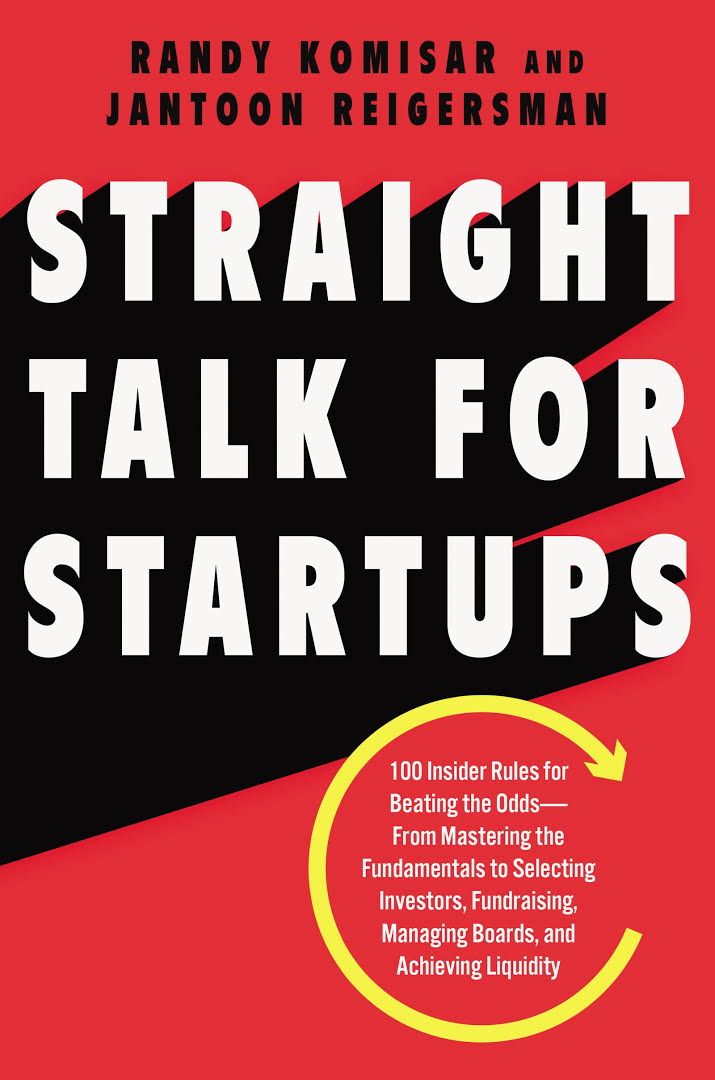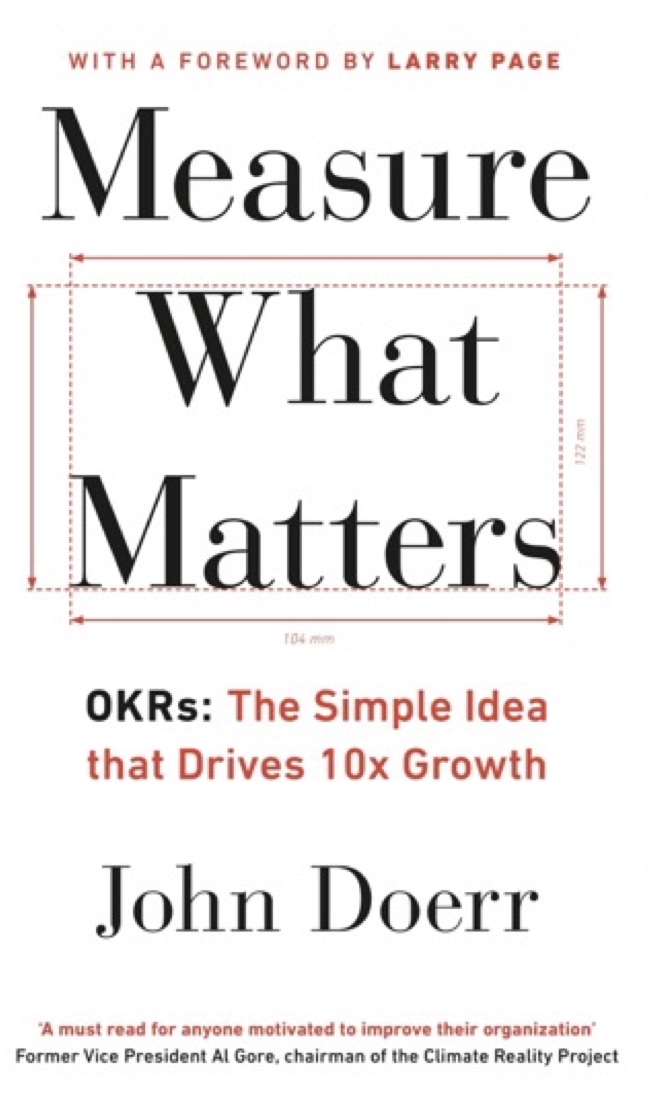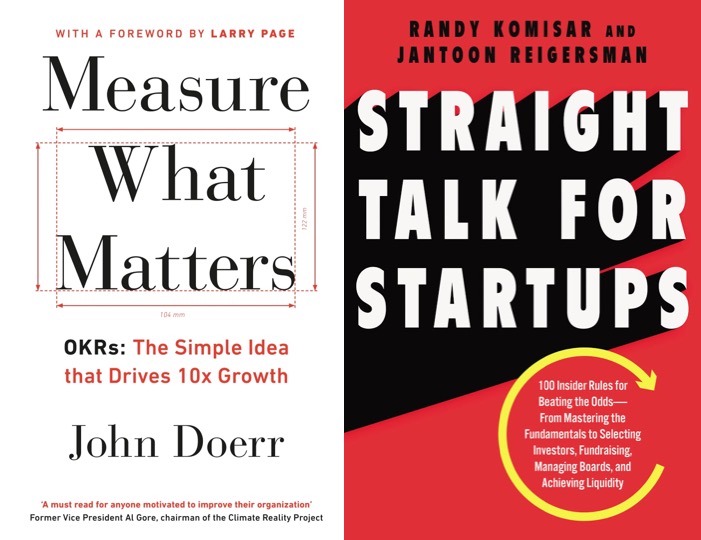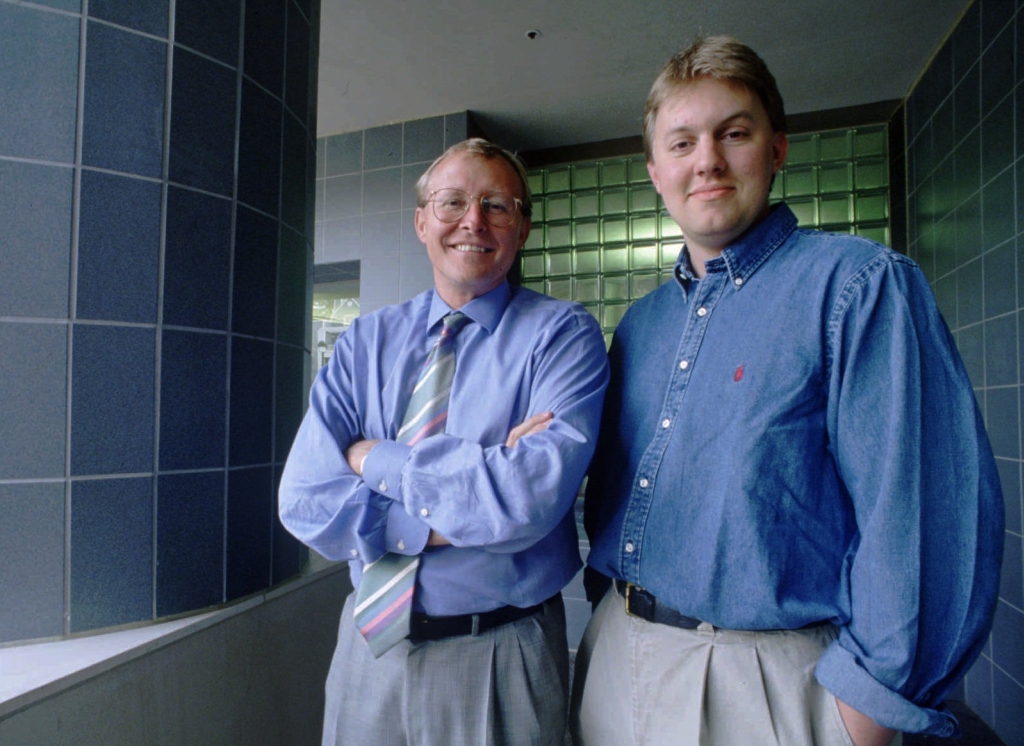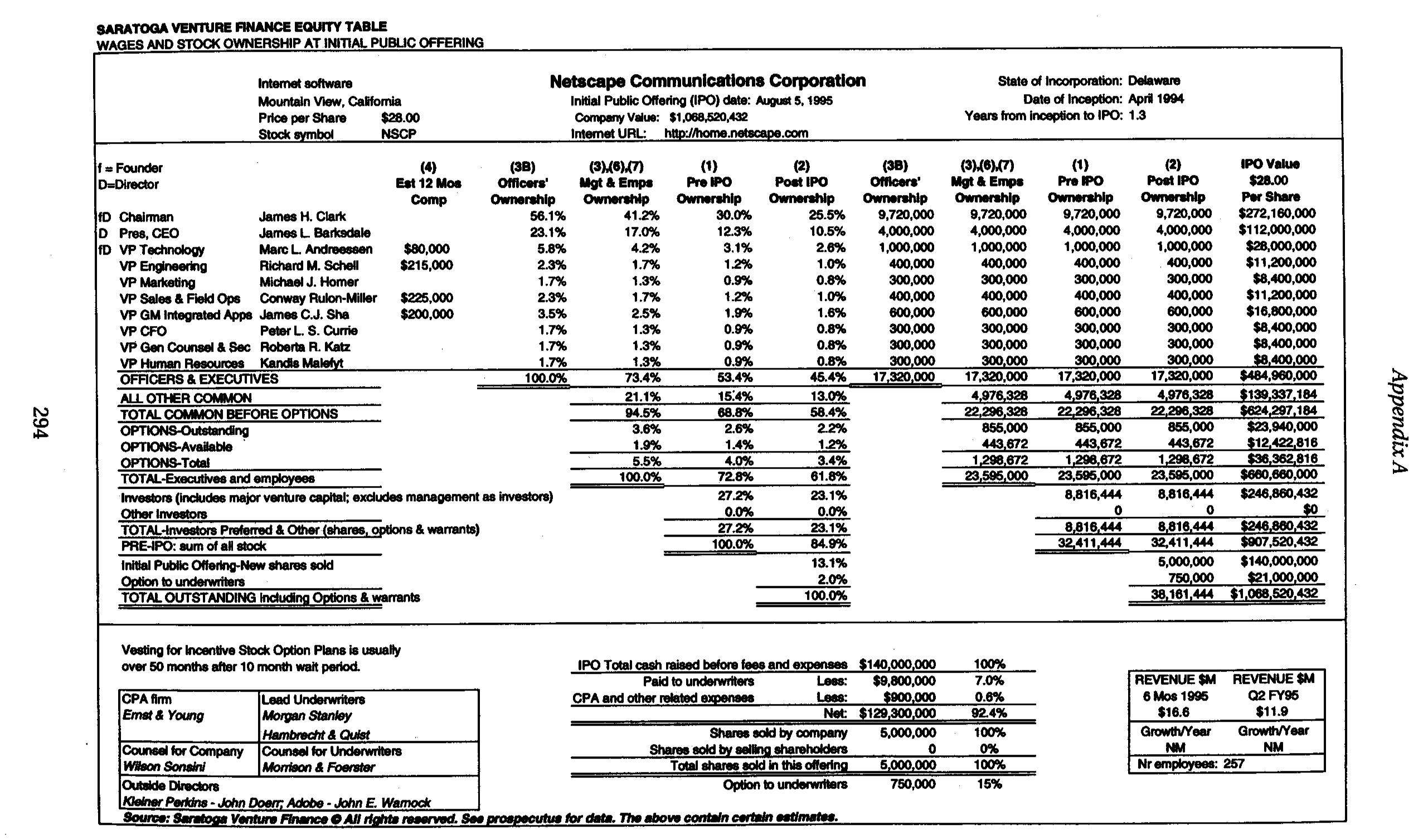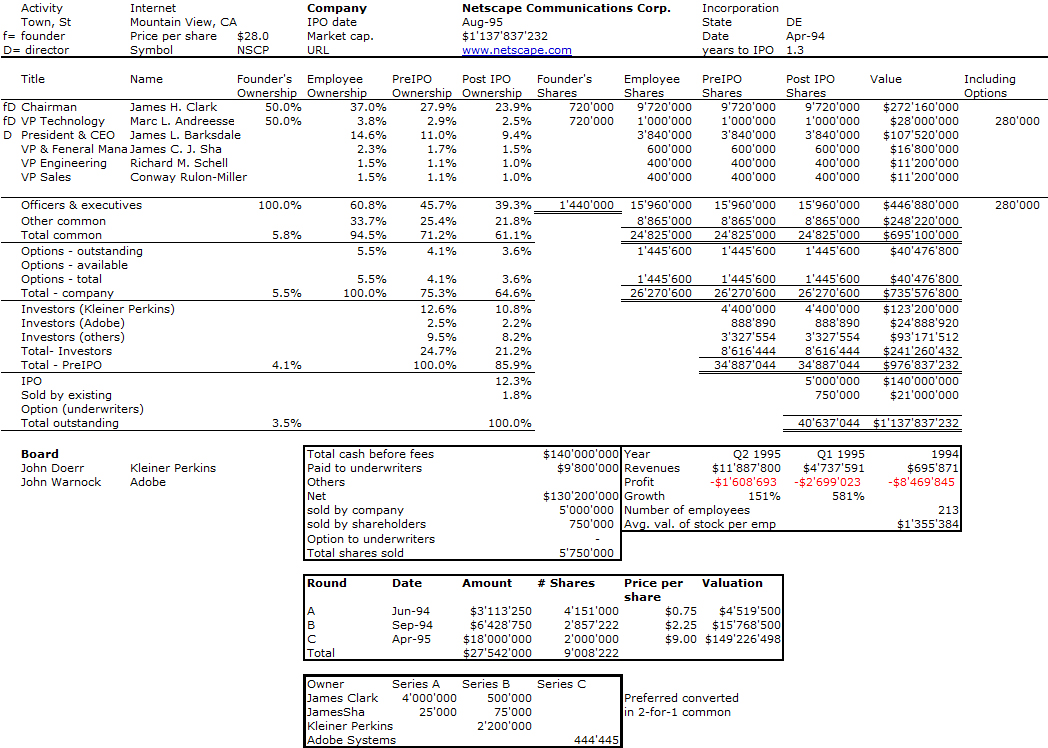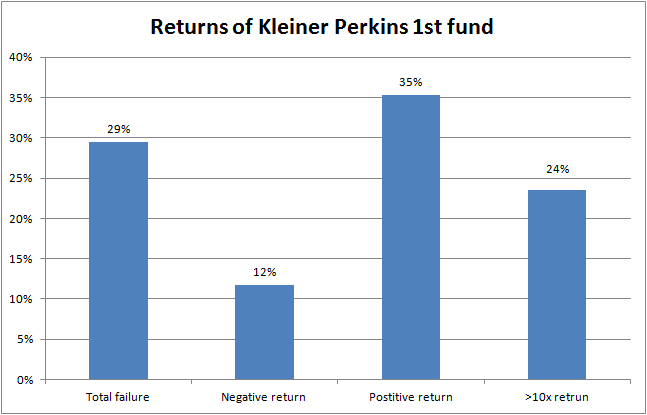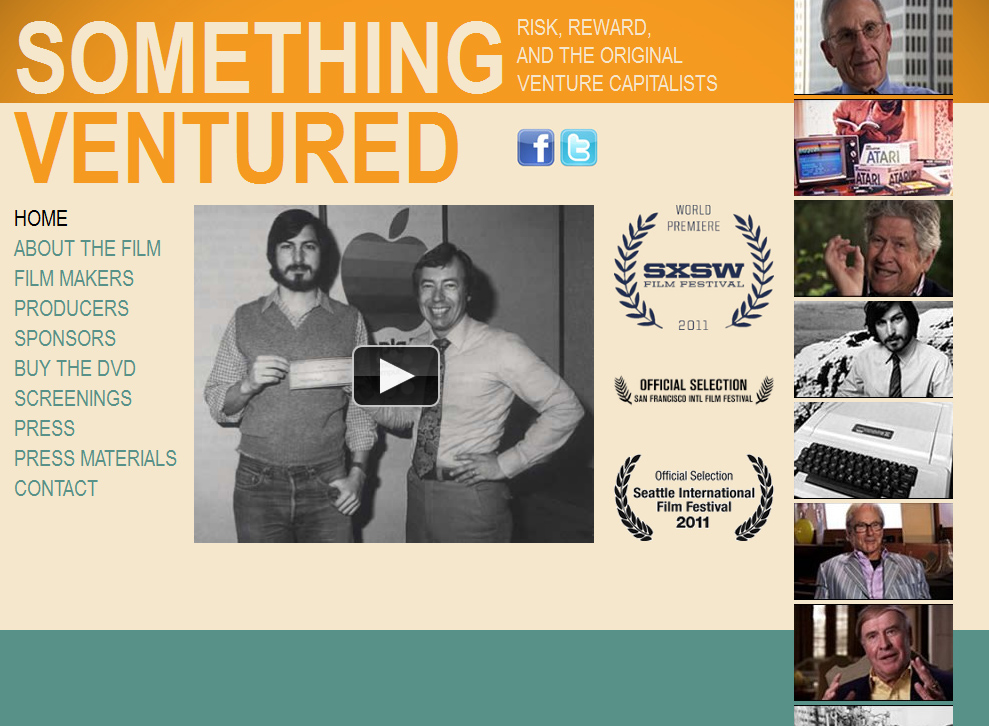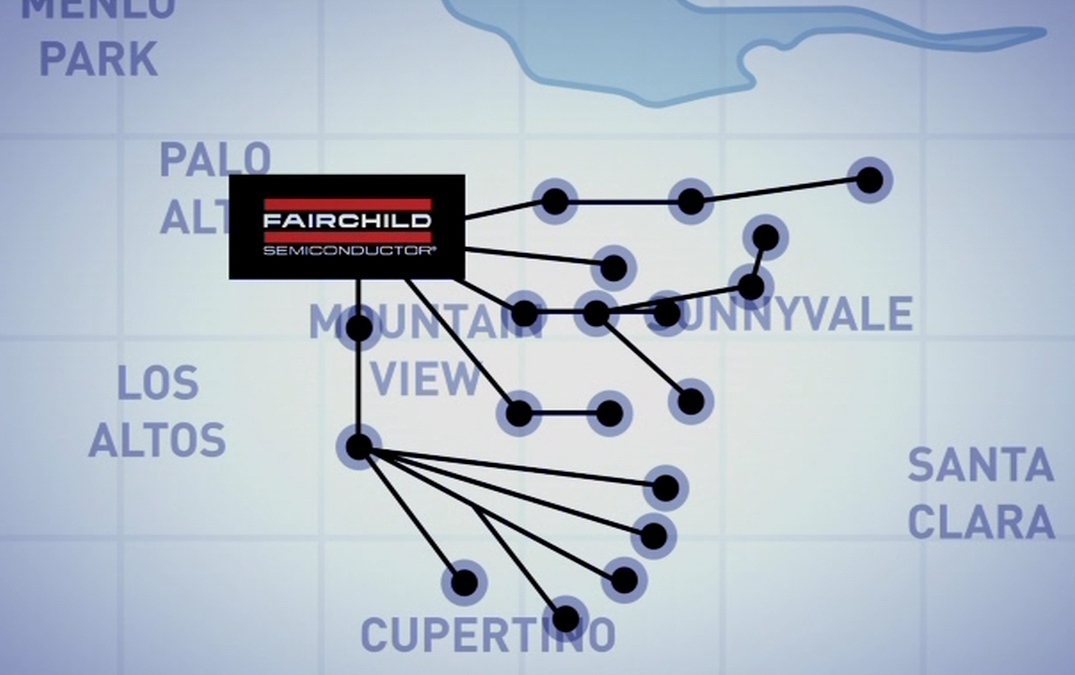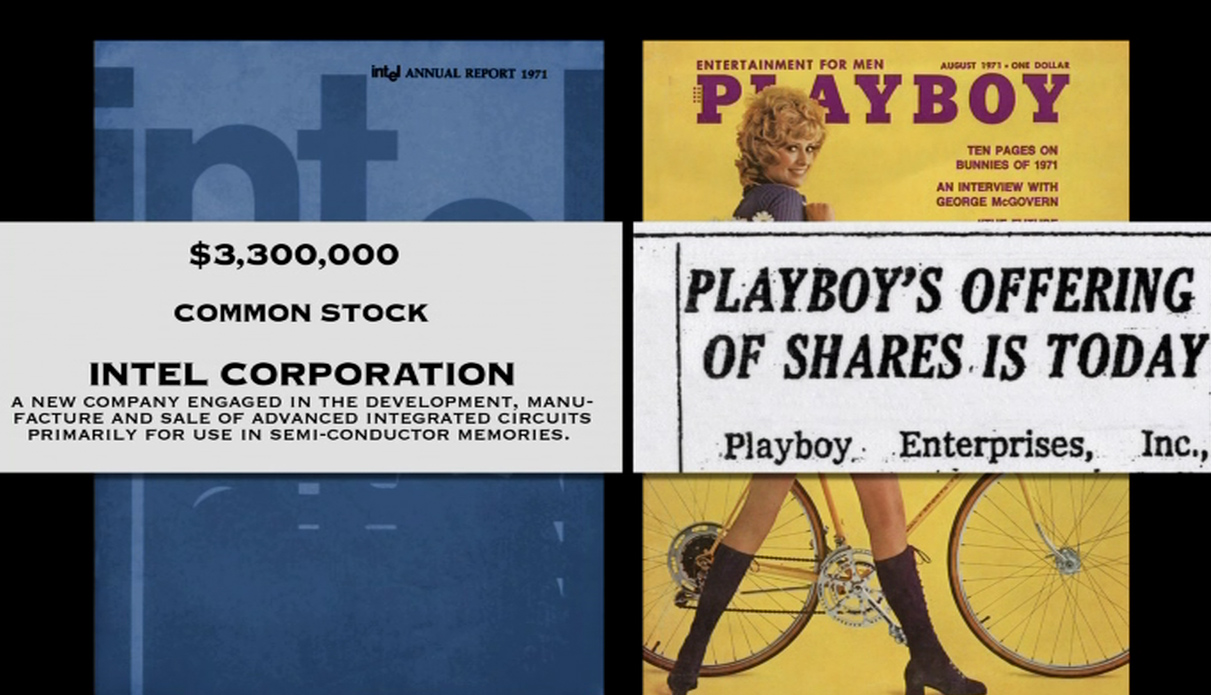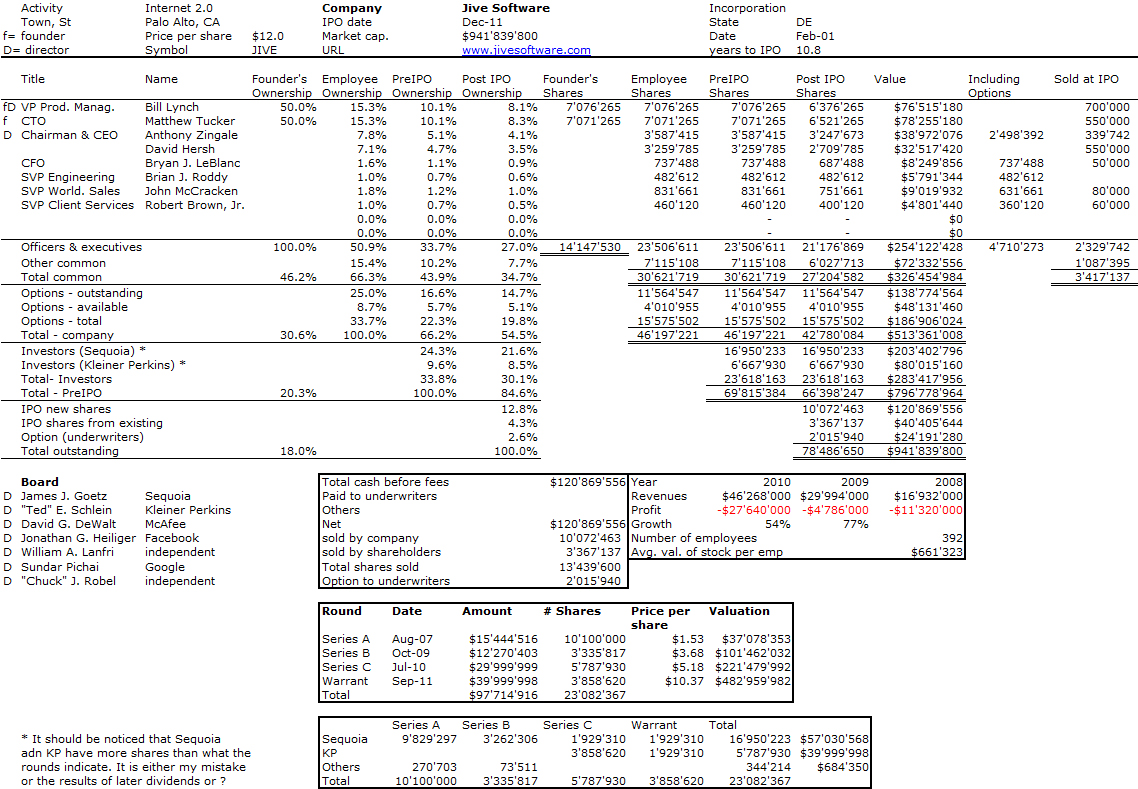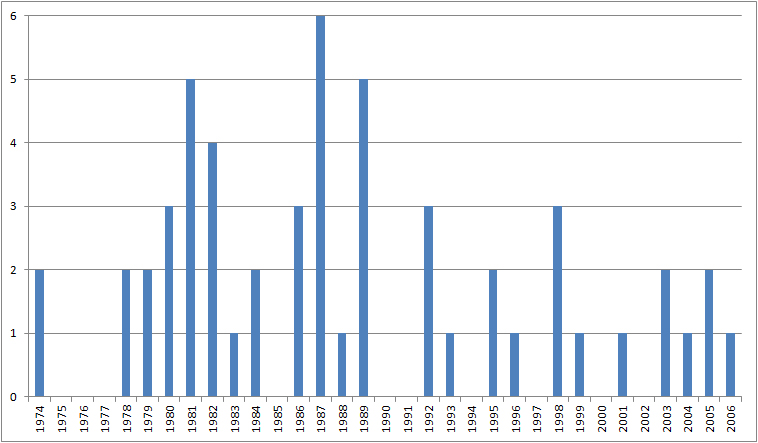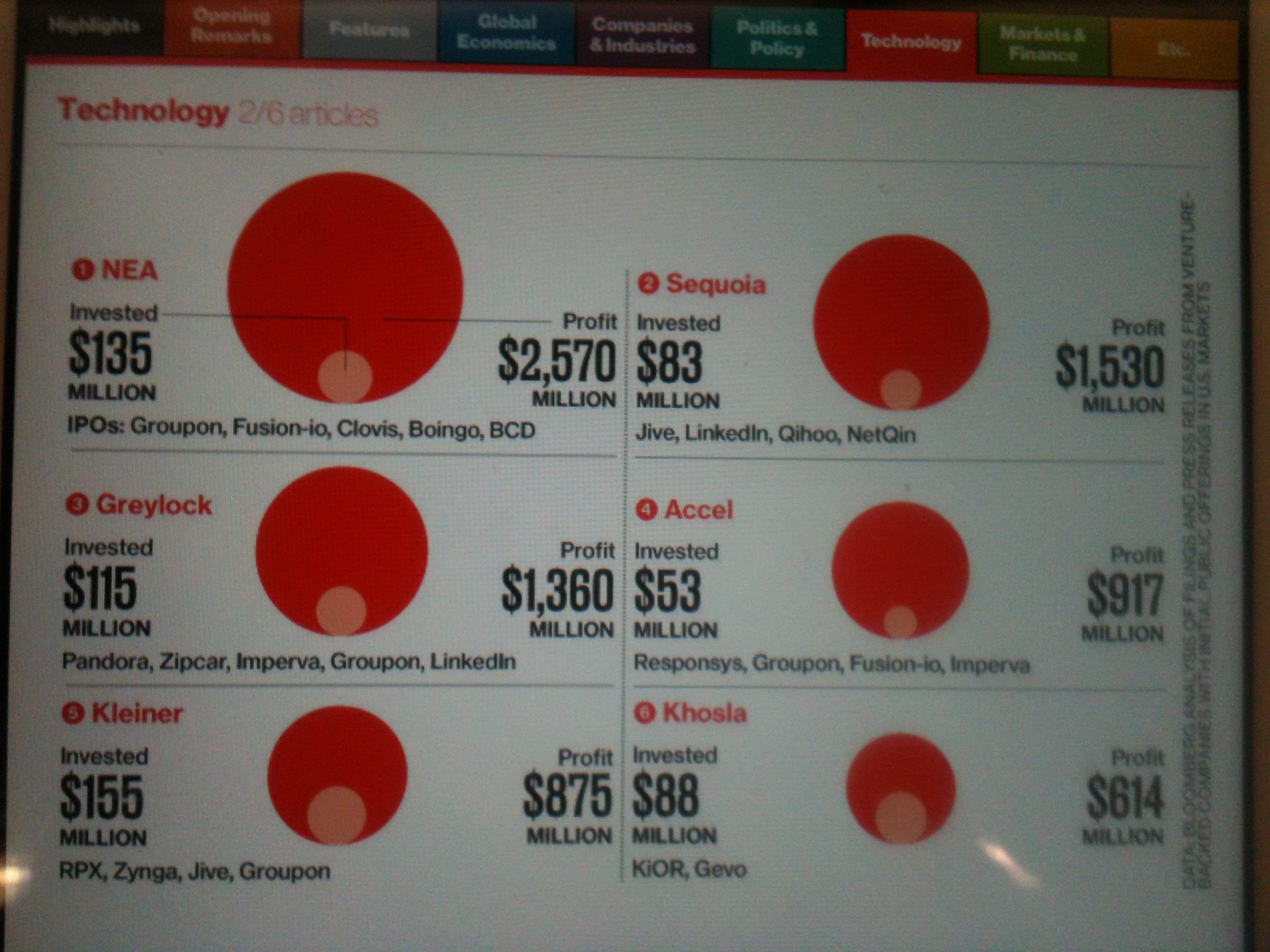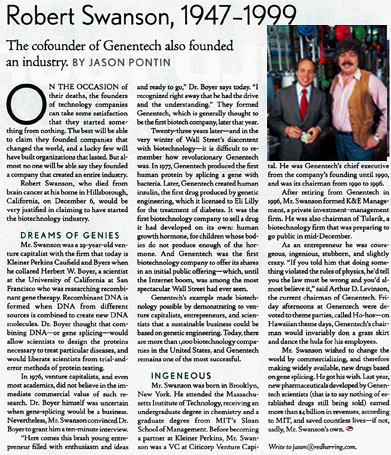I promised more about Straight Talk for Startups in my previous post which was describing the book first part. After Mastering the Fundamentals, which is indeed a fundamental must-read, his part II about Selecting the Right Investors is as good.
But before describing these 13 new rules, let me jump directly to rule #100: Learn the rules by heart so you know when to break them.
“Apprentices work furiously to learn the rules; journeymen proudly perfect the rules; but masters forget the rules. So it’s been since the Middle Ages, and venture capital and entrepreneurship are no different. The venture capital world is minting more and more apprentices, while the masters, like Tom perkins, are few and far between.
The rules in this book are battled-tested. Acquainting yourself with them will help you spot issues before they arise. Intuition is not just fast thinking from the gut; it is good judgement informed by knowledge.
Most rules are made for the average situation; they are meant to be broken when circumstances require. Our rules are no diffeent. Let these rules serve as touchstones to guide you own difficult decisions along the way, not millstones to bug you down. Only you can decide which rules to apply, bend, or ignore as you face your own novel problems and opportunities.
You may well find a rule or two that you adamantly disagree with. If we have encouraged you to examine your own experience and arrive at a considered but contraditocry conclusion, then we have done our job. Just don’t mistake an exceptional event for a guiding principle.
We are seldom able to achieve exactly what we want in business. Compromise is not a dirty word. But you will do better in the end if you acquaint yourself with what others have done before. You know best, so be fearless, trust your intuition, and make you own rules ocne you’ve mastered these.”
And here are rules 29 to 41:
#29: Don’t accept money from strangers
#30: Incubators are good for finding investors, nor for developing businesses
#31: Avoid venture capital unless you absolutely need it
#32: If you choose venture capital, pick the right type of investors
#33: Conduct detailed due diligence on your investors
#34: Personal wealth ≠ good investing
#35: Choose investors who think like operators
#36: Deal directly with the decision makers
#37: Find stable investors
#38: Select investors who can help future financings
#39: Investor syndicates need to be managed
#40: Capital-intensive venture require deep financial pockets
#41: Strategic investors pose unique challenges
I do not know if I will add a post about this book but these two should have been enough to convince you of the quality of Straight Talk for Startups.

